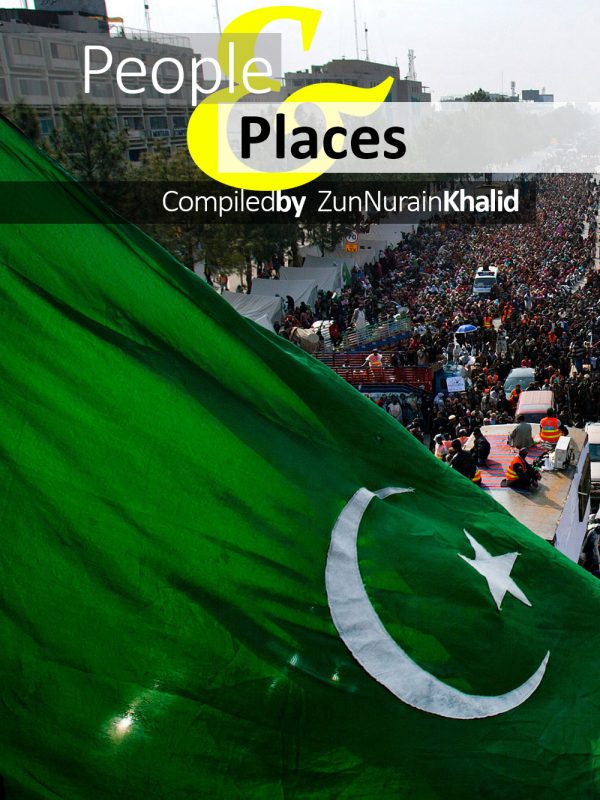People of Pakistan belong predominantly to seven main ethnolinguistic groups: Punjabis, Sindhis, Seraikis, Pashtuns, Mohajirs, Balochs, and Kashmiris.
Pakistan’s estimated population in 2015 is over 191.71 million, making it the world’s sixth-most-populous country, behind Brazil and ahead of Nigeria. During 1950–2011, Pakistan’s urban population expanded over sevenfold, while the total population increased by over fourfold. In the past, the country’s population had a relatively high growth rate that has been changed by moderate birth rates. In 2014, the population growth rate stands at 1.49%.
Dramatic social changes have led to rapid urbanization and the emergence of megacities. During 1990–2003, Pakistan sustained its historical lead as the second-most urbanized nation in South Asia with city dwellers making up 36% of its population. Furthermore, 50% of Pakistanis now reside in towns of 5,000 people or more.
Pakistan has a multicultural and multi-ethnic society and hosts one of the largest refugee populations in the world as well as a young population.
Beautiful People of Pakistan Slideshow
Pictures of the Week from TrulyPakistan on Vimeo.
More than half the working population is involved in agriculture and live in rural areas. Manufacturing, mining, and service industries are the other large employers in the urban sectors. Many people go abroad in search of work.
The Population Divide
The population is a complex mixture of indigenous peoples, many racial types having been introduced by successive waves of migrations from the northwest, as well as by internal migrations across the subcontinent of India. Aryans, Persians, Greeks, Pathans (Pashtuns), and Mughals came from the northwest and spread across the Indo-Gangetic Plain, while the Arabs conquered Sindh. All left their mark on the population and culture of the land. During the long period of Muslim rule, immigrants from the Middle East were brought in and installed as members of the ruling oligarchy.
On a positive note, Pakistan possesses immense potential for growth and prosperity by harnessing the strength of its diverse population. The population divide, though a challenge, can be seen as an opportunity for transformation. As the country continues to develop and invest in various sectors, it can work toward narrowing these divides and fostering a more equitable and inclusive society.
The resilience and determination of the people of Pakistan are noteworthy. With the right policies and concerted efforts, the urban-rural gap can be reduced, socioeconomic disparities can be addressed, and regional imbalances can be mitigated. Gender disparities can be progressively eliminated, and access to education and healthcare can be expanded across the nation.
Furthermore, Pakistan’s youthful population presents a demographic dividend – a potential economic boon if harnessed effectively. By investing in education and skills training, the country can empower its youth to contribute significantly to its development.
The growing awareness of these issues among citizens, activists, and policymakers is a positive sign. There is a shared commitment to bridging these divides and creating a more inclusive and harmonious Pakistan.
In conclusion, while challenges exist, the population divide in Pakistan need not be viewed solely as a problem. Instead, it can serve as a catalyst for progress and transformation. With collective efforts and a commitment to equitable development, Pakistan has the potential to rise above these challenges and emerge as a more prosperous and harmonious nation, where every individual has the opportunity to thrive.

